It is not often that you come across such an unusual name for a fabric - nanka. Perhaps only in novels of the last and the century before last, when the author describes the clothes of his heroes. Where else is it used or has it been completely forgotten?
What is Nanka?
Nanka is a dense and durable cotton fabric of a brownish-yellow color, made using the twill weave method. It got its unsightly color due to unbleached and non-uniform cotton threads. It is not subjected to multiple treatments and finishing, its surface remains rough, even hard. The color is gray or yellowish-brown, and its density is very high.
The technology of its production is much simpler than other cotton fabrics, which has a positive effect on the final cost. And the simplified finishing of the fabric allows to preserve the natural properties of cotton.

Nanka fabric has all the positive properties of natural cotton fabric:
- very high strength;
- increased wear resistance;
- hygroscopicity;
- retains shape even when wet;
- ease of cutting - does not crumble at the cuts;
- hygiene;
- good thermoregulation.
All the listed qualities of durable cotton fabric ensured high demand for products made from it.
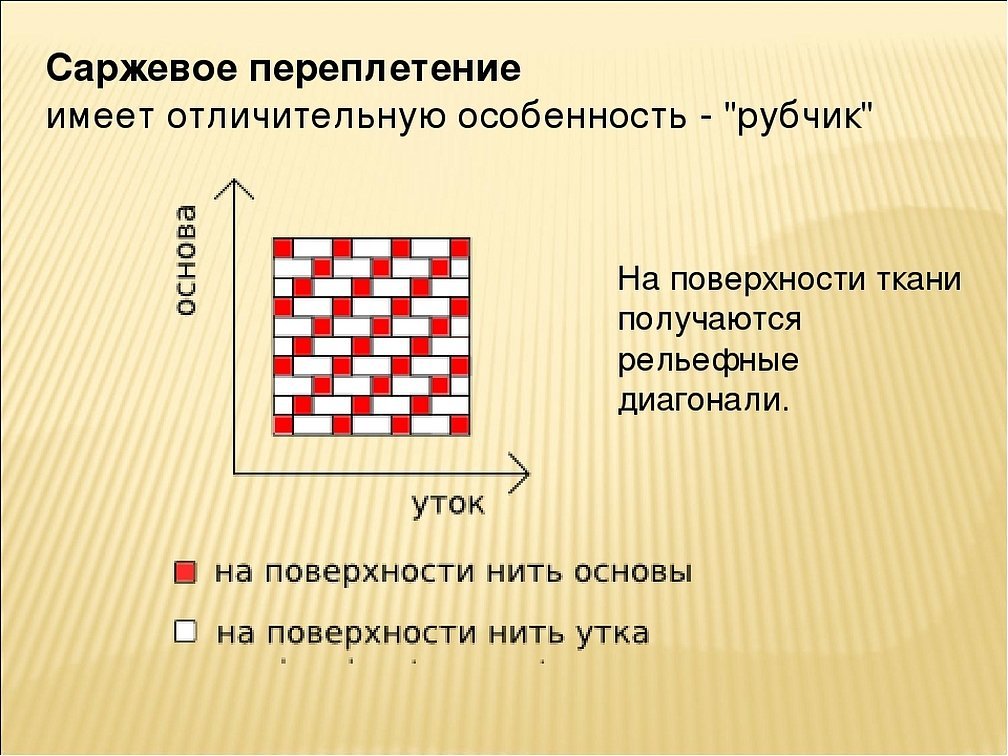
Where does this name come from?
Nanka appeared in Rus' in the 16th century and was also called "Chinese". The fabric got its name for a reason - its birthplace is the city of Nanjing, located in China. It was made from a special type of cotton, which is characterized by a yellowish tint of the fibers. This variety was called Nan king, which allows us to put forward another version of the origin of the name.
In any case, the birthplace of this material is China, there is no doubt about it. Chinese fabric was not dyed or bleached - the natural yellowish-brown hue was a distinctive feature of the material. In Russia, there was no such type of cotton, so production was carried out from local varieties, since the material gained popularity and was in demand due to its availability and low price.
To obtain the original yellowish hue, the fabric was pre-dyed.
Important! Another name for the fabric is cotton tussah. It was tussah trousers and caps that N. Gogol and N. Ostrovsky often dressed their heroes in.
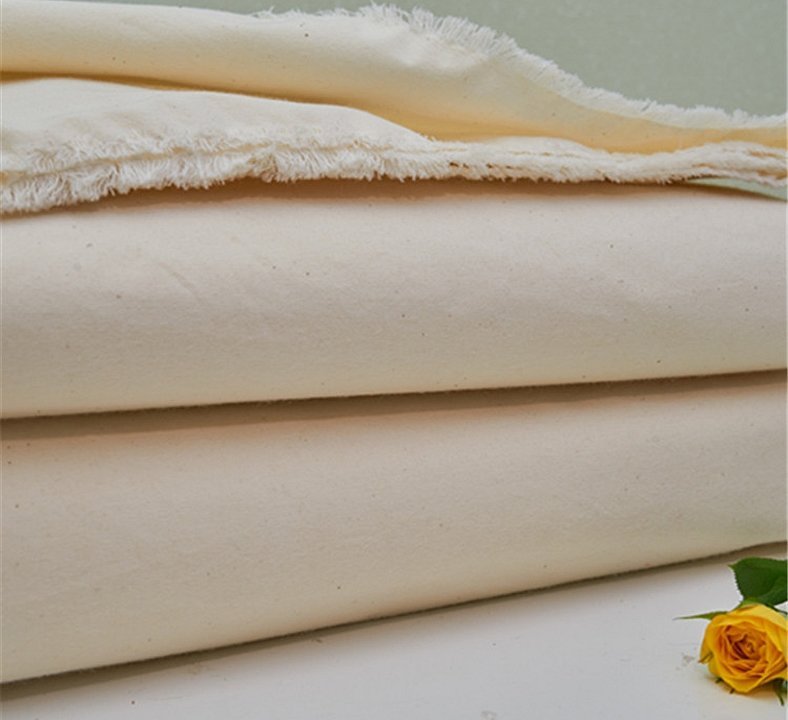
Application of nanke
The fabric found wide application in Russia. It was actively used for sewing bed linen and underwear, for which it was pre-bleached. This type of processing gave it softness and made it somewhat thinner. The fabric without additional processing was used for sewing inexpensive men's clothing, headwear and as a lining in fur items.
Printed fabric was used for sewing cheap home textiles - curtains, bedspreads, decorative pillowcases. Currently, nanka has left the sphere of household use, other materials are used for household use, and it has retained its place in industry - it is used to make the basis for grinding and polishing attachments.
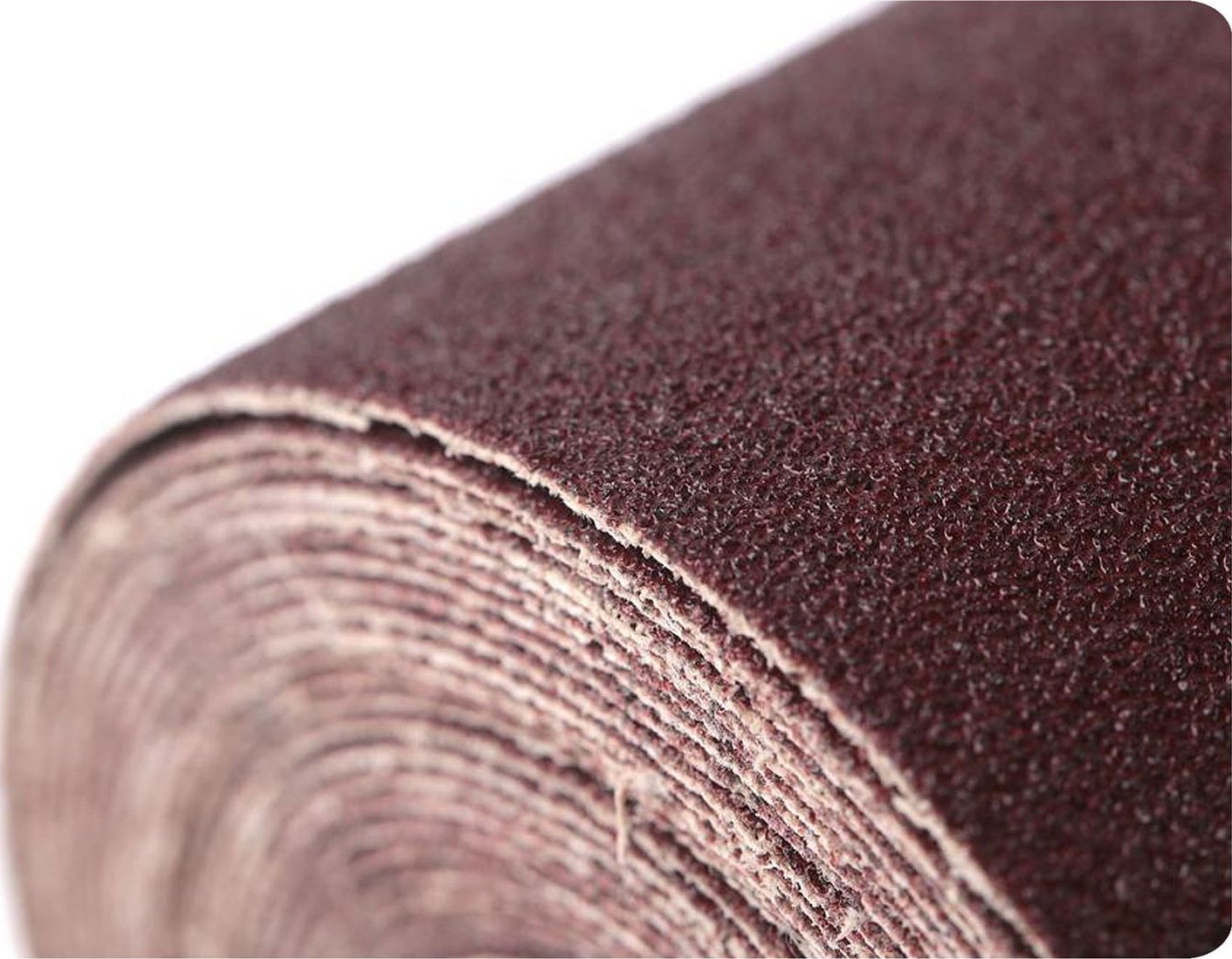
In the material's homeland, China, nanke is actively used for sewing men's trousers. The wear-resistant material, which has the property of being easily dyed, is most often dyed blue, "like jeans". They are used as work clothes that can withstand external negative influences. Some sporting goods are also sewn from nanke.
Material care
The strength and high density of the material indicate that it requires normal care, without "delicacies". Hand and machine washing are suitable. It is better to dry in the air, not in the machine, in a straightened form. It is better to iron the products slightly damp, not overdried, or use the steam function on the iron.

Nanku-like, durable cotton fabrics
The main characteristics of the material are the following:
- twill weave - an asymmetrical shift when the fibers cross;
- high strength and density;
- natural cotton composition.
Several other fabrics that are better known than nankeen have these properties.
Denim
A dense material made from the highest quality cotton. It got its name from the French city of Nimes, where the fabric called "twill" was produced. It was used to make sails, since this type of weaving of threads is very strong. Cotton fabric of twill weave gained worldwide fame when it was used to sew jeans - work clothes.
The material is woven from warp threads dyed indigo, while the weft threads remain white. The result is a diagonal rib on the colored side and a white back. Classic jeans are made only from cotton, without impurities or additives, but for modern versions, elastane and stretch are added, which results in tight and narrow models.
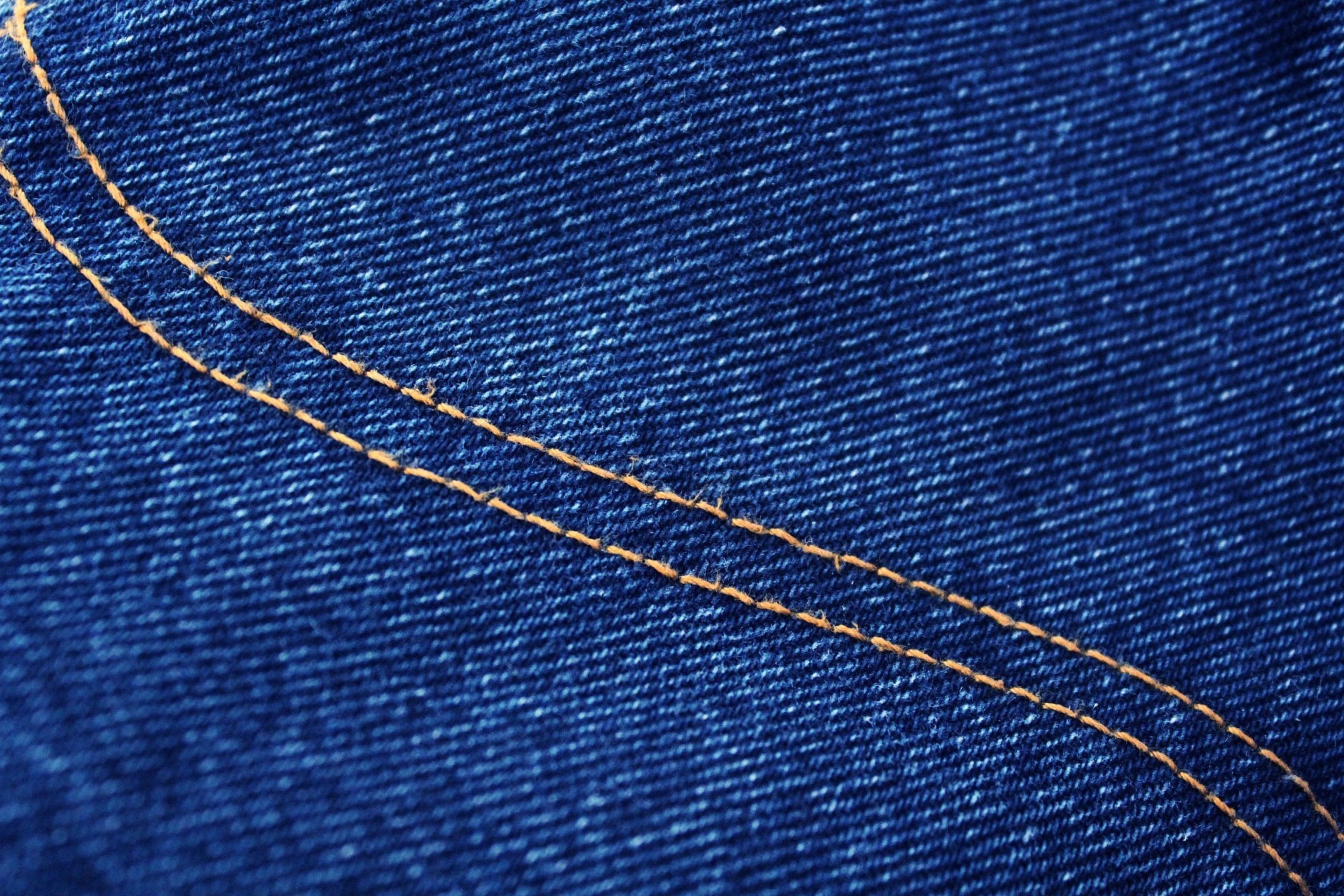
Paper
Another old name for this material is bombazine. It is made from a type of long-staple cotton, which makes the material soft. The fabric is dense but relatively thin, has a small pile on the back side and a smooth front side. It used to be dyed in dark colors, mostly black, and used to make inexpensive mourning dresses.
Later, the material was bleached and printed. This fabric was used for warm underwear, children's and women's warm clothing. Low strength and rapid abrasion of the pile are its main disadvantages. Nevertheless, insulated army underwear is still sewn from it.
Important! The name "bumazeya" is consonant with the word paper, and the fabric is usually called cotton. Where does the "paper" origin come from? The word paper itself comes from the Iranian name for cotton "pambak".

Plaid
This is a world-famous tartan fabric, which originated in Scotland. The historical name of the material is tartan. Classic tartan is a woolen fabric, for the creation of which the threads on a loom were formed into a given set (a certain set). The threads were woven first in a straight and then in reverse order. A special tartan pattern was subject to registration in a special register of Scottish tartans and served as a symbol of the owner's belonging to one of the clans.
Traditional Scottish men's clothing is a wide, open pleated skirt and a cloak thrown over the shoulders. Fabric production has expanded beyond the borders of its historical homeland and cotton has become the raw material for it. The pattern is applied to the material by printing, and it is widely used for sewing elegant skirts, dresses, and suits.
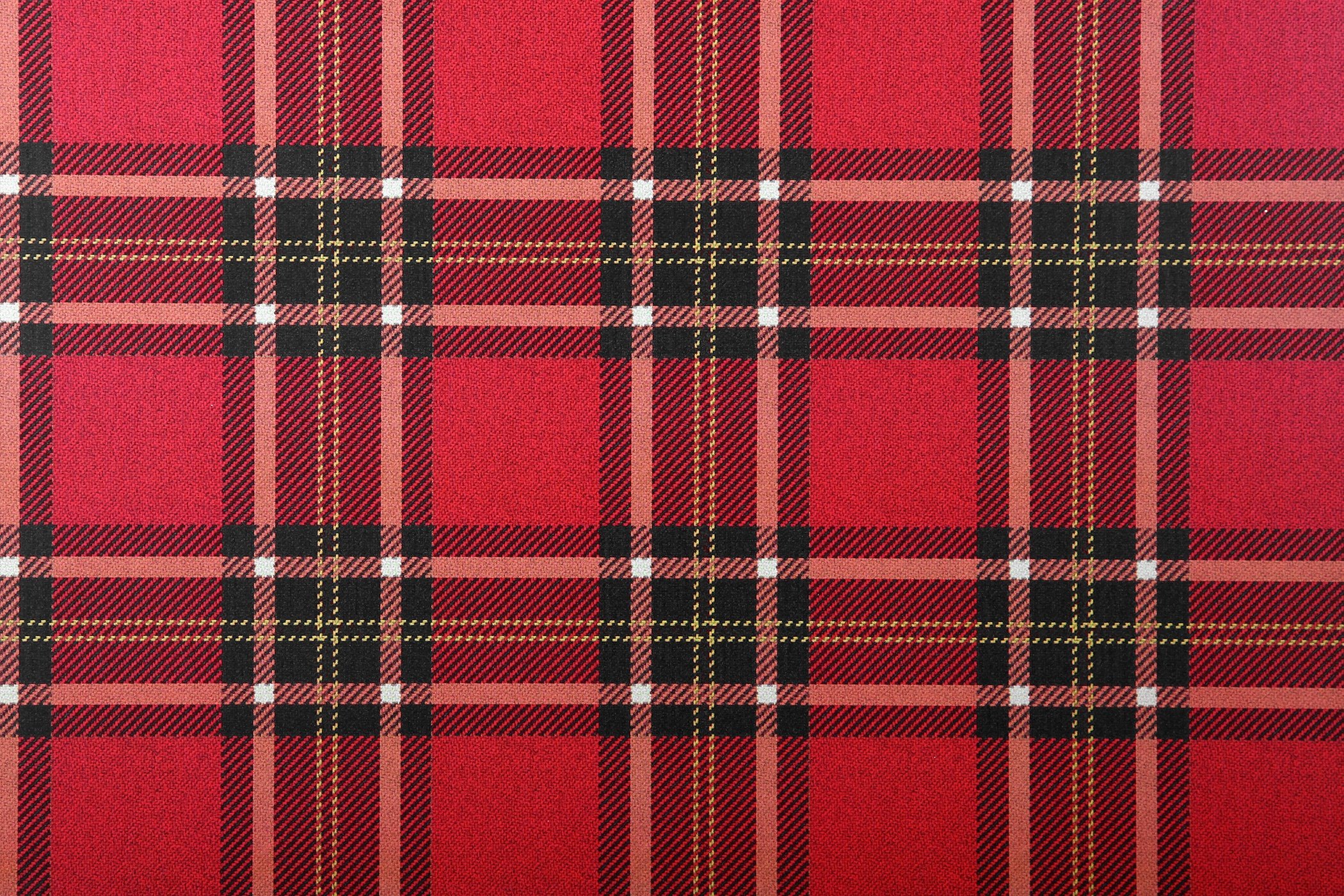
Flannel
The birthplace of flannel was England. This fabric was called "winter cotton" for its fluffy pile. It was quite expensive for the mass consumer. According to manufacturers, it had a healing effect, underwear made from it was prescribed for preventive procedures.
In Russia, under Peter the Great, the material was used for winter soldier's foot wraps. Mass production began with the reduction of the cost of the fabric due to linen weave and the addition of wool, and then viscose and synthetics. Despite this, cotton flannel remained on the market and is in great demand. It comes in several types according to the degree of finishing:
- harsh - dense material for technical purposes;
- bleached - soft fabric for children's clothing and various children's products (diapers, bed linen);
- belozemelnaya - a material with a small pattern on a white background, used for bed linen;
- dressing gown - children's and adults' dressing gowns with various patterns are made from it;
- shirting - a dense fabric with a striped or checkered pattern.

All twill fabrics make good linings and various heavy garments. The fabrics are relatively inexpensive and easy to sew.
Nanka is one of the few natural fabrics that has not been affected by changes in composition. It is made only from cotton, without artificial additives. Perhaps due to this circumstance, it has not been forgotten, it is still in demand.




